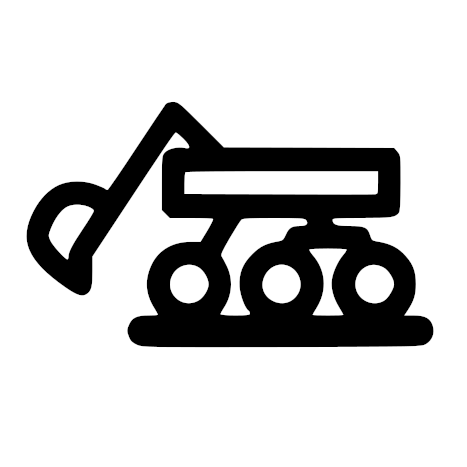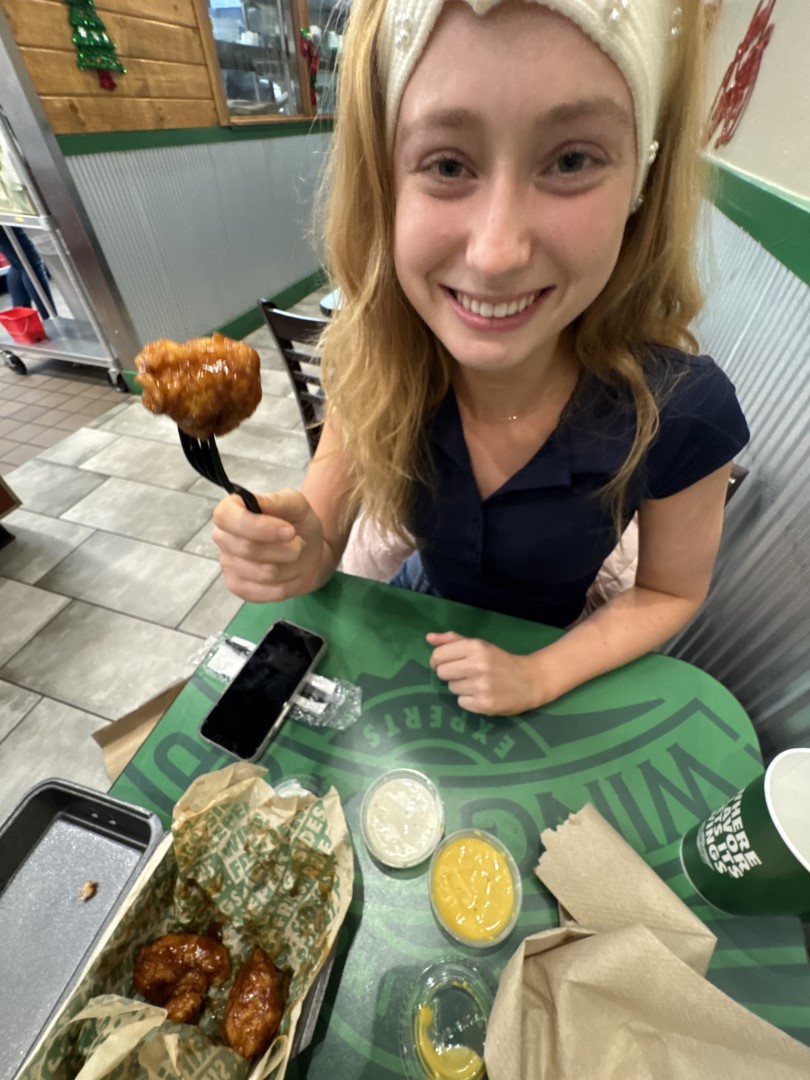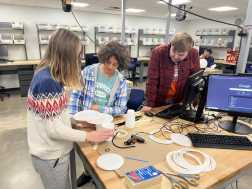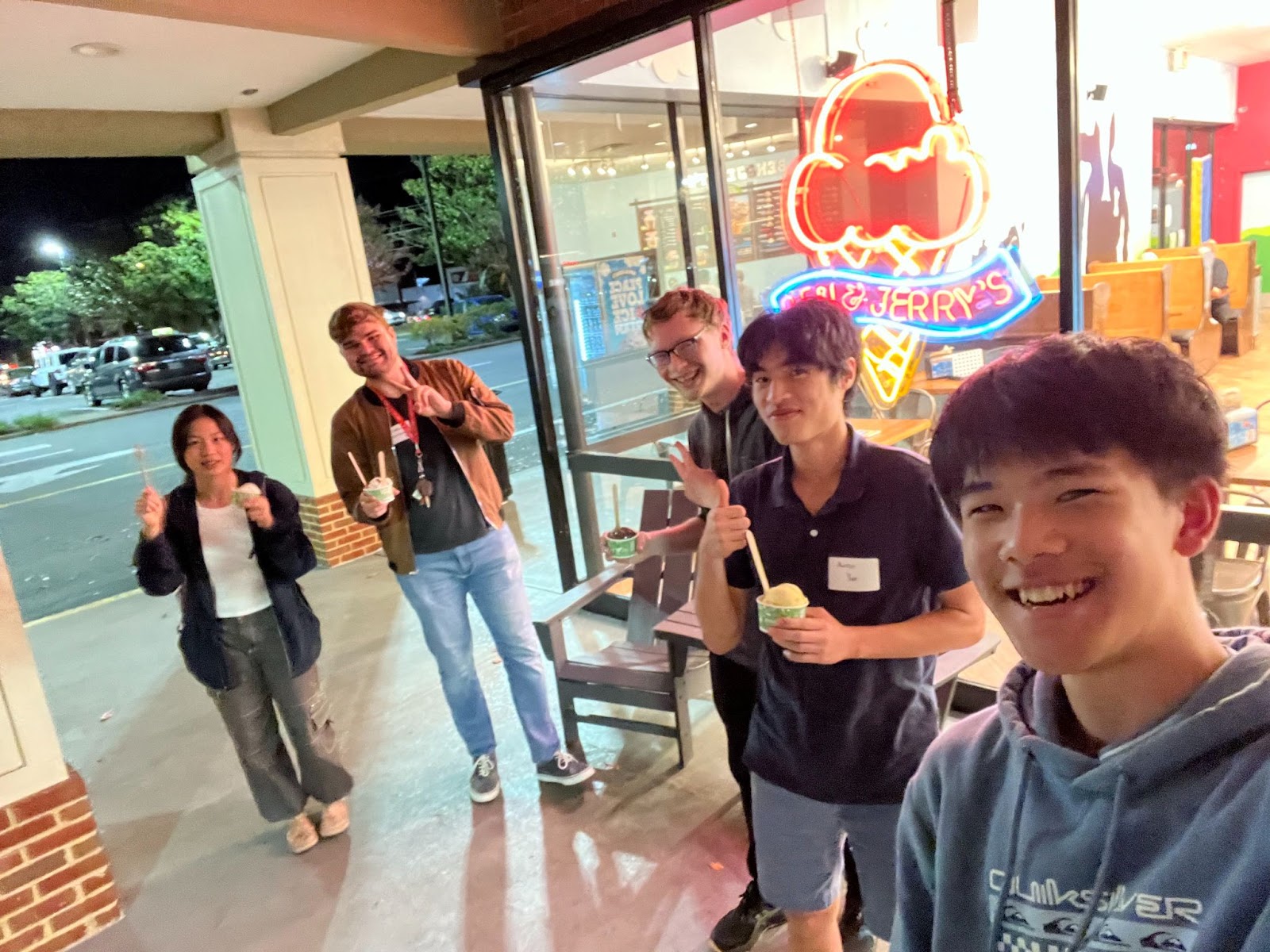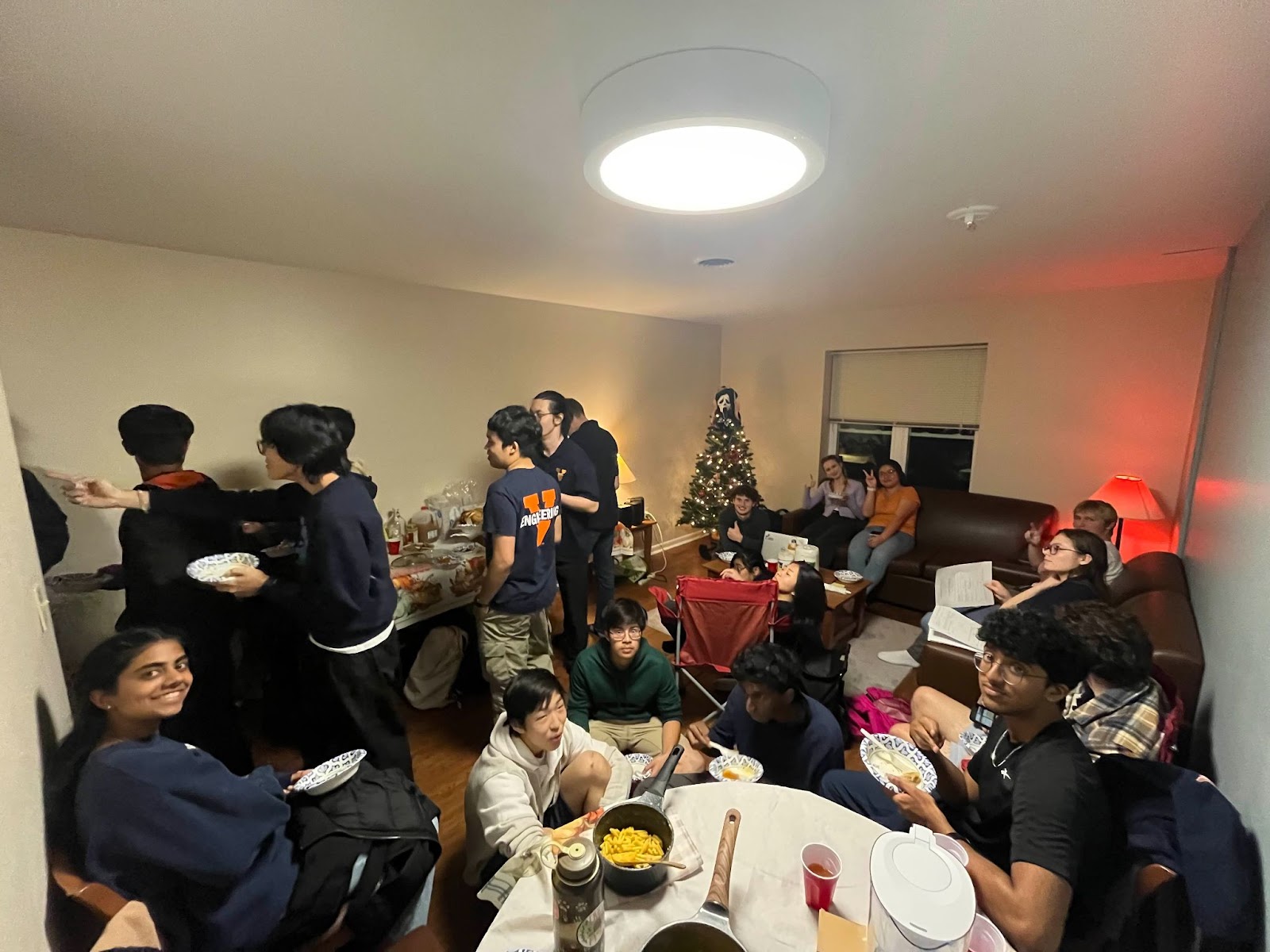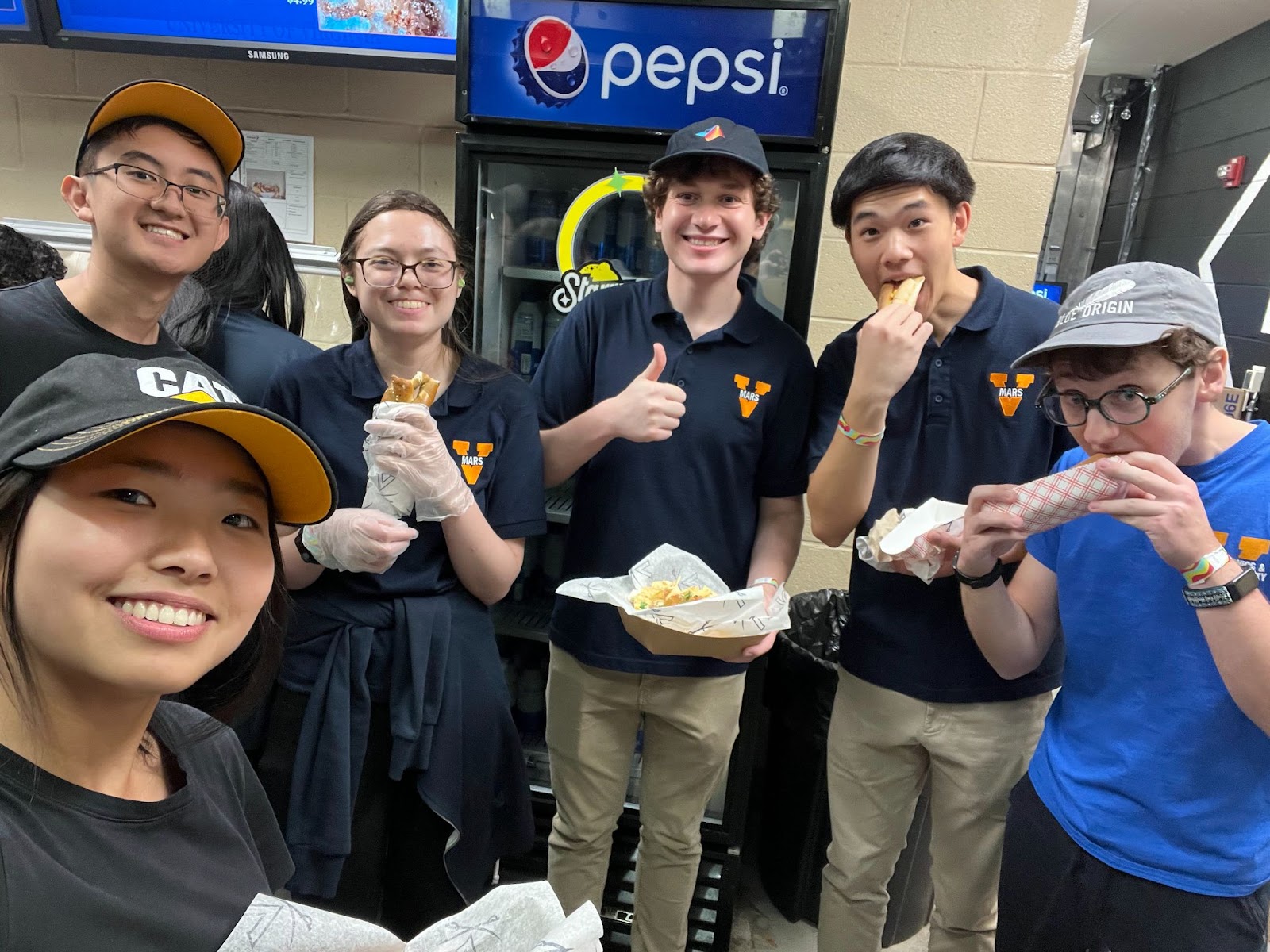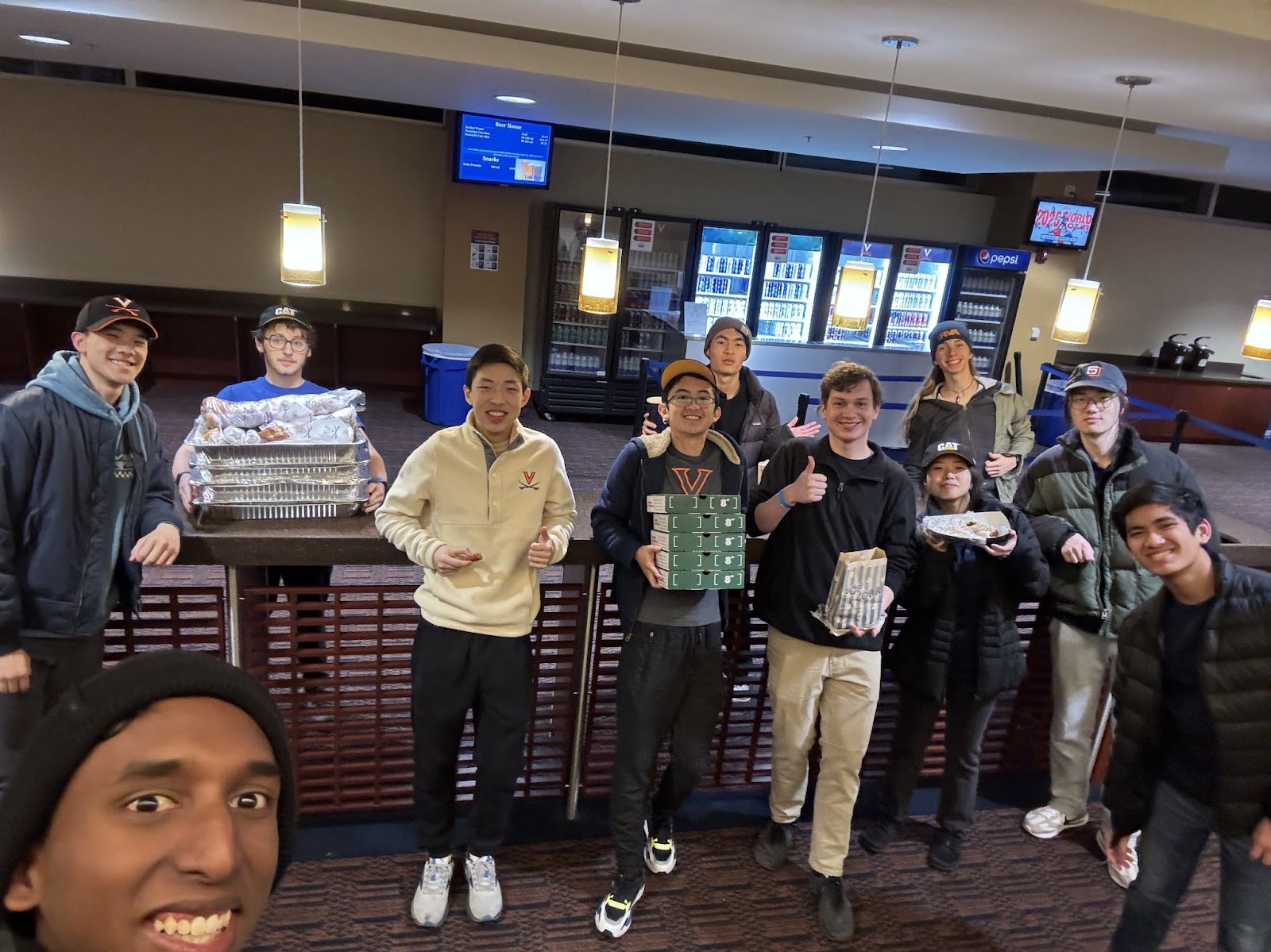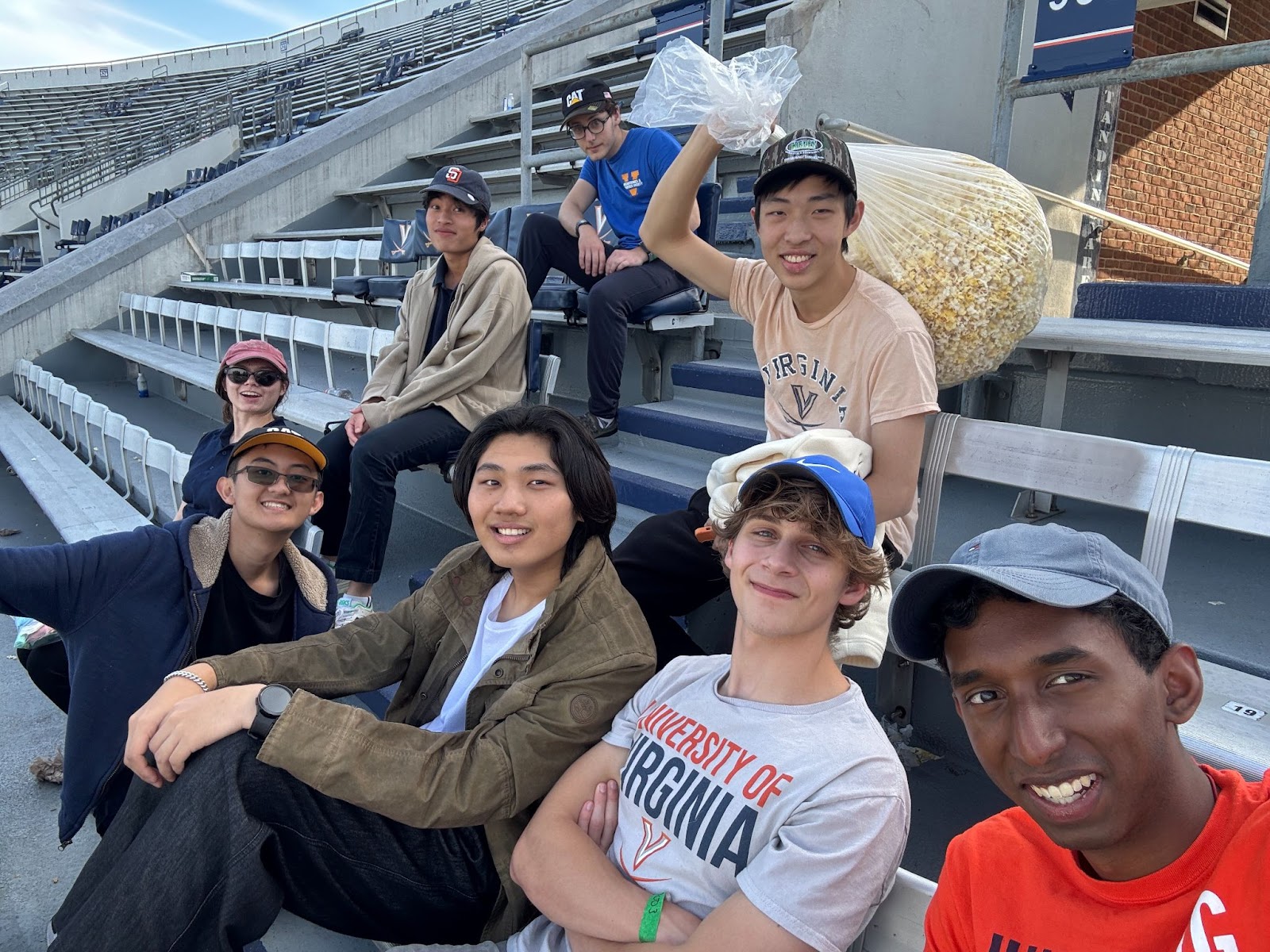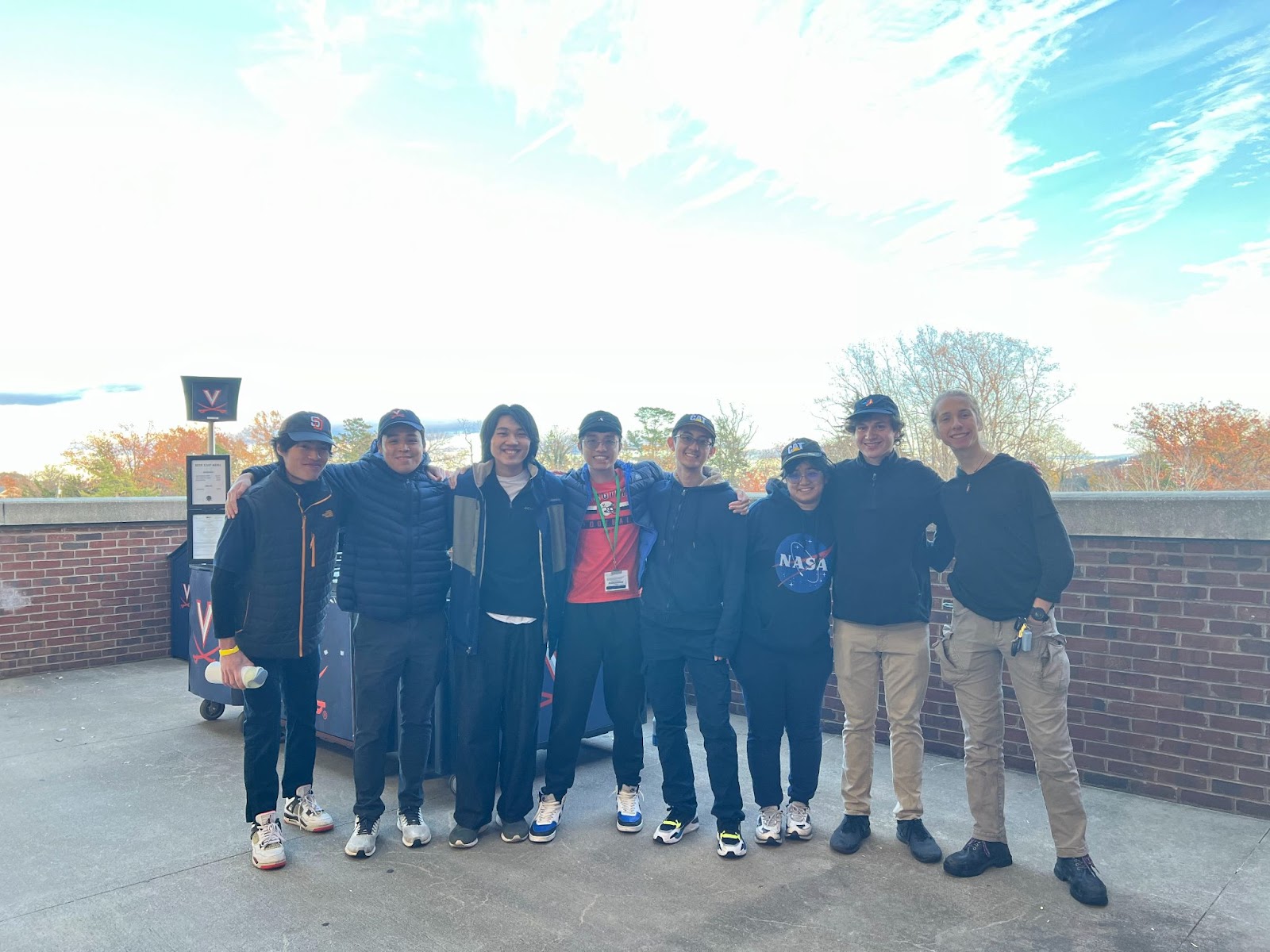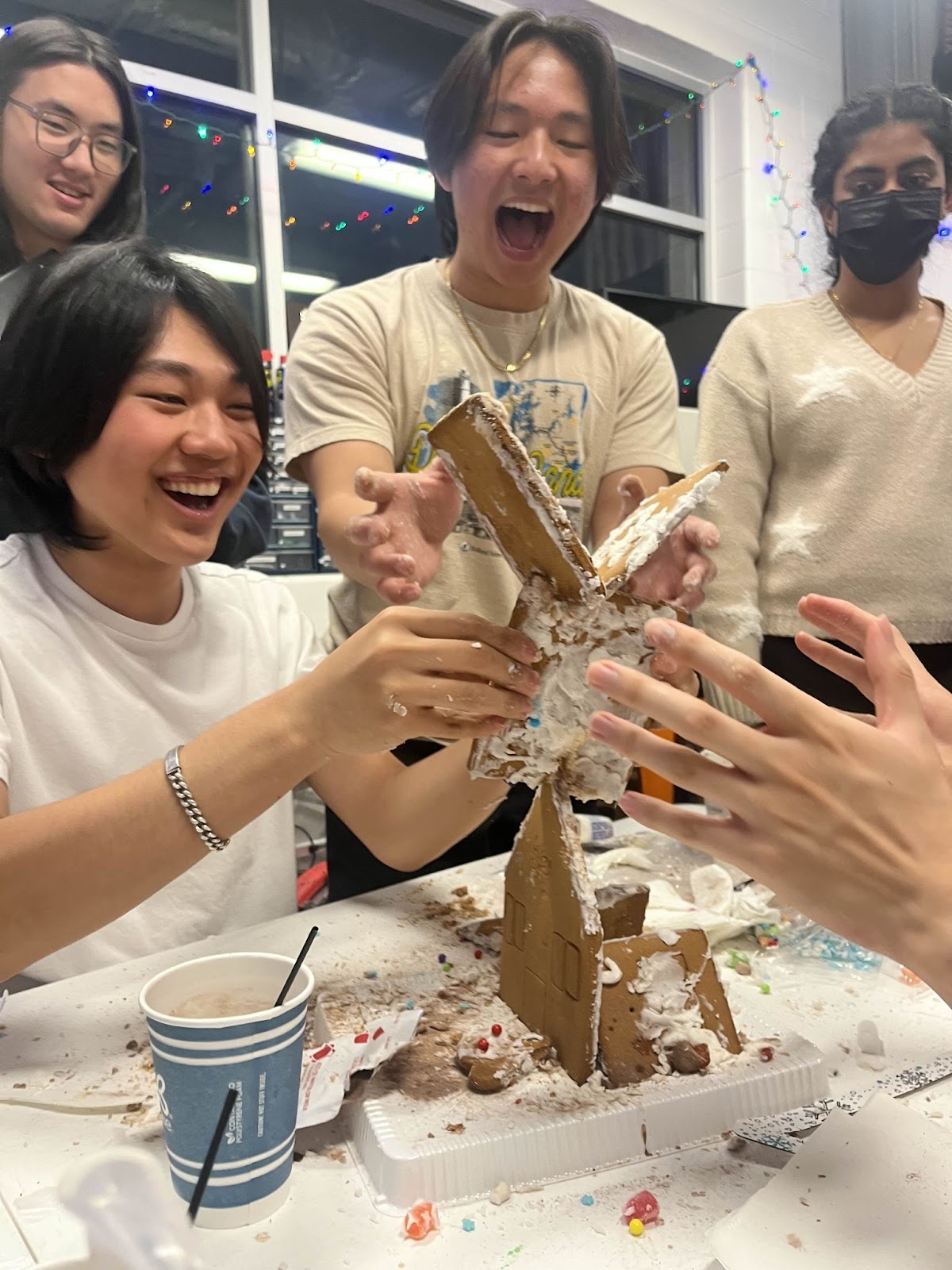Busy Semester
A whole semester has passed, and we have left you all in the dark! It’s been a busy one.
…Seriously busy.
By the time this blog is posted, we will have successfully completed our first ever Trade Studies. This
is an internal review during which the mechanical subteam will present different quantitative and
qualitative data on 3 design prospects, and further, select 1 design to continue pursuing. This year, we
had such an influx of new, dedicated members with a range of skills that we saw it worthwhile to
experiment with new design options; an undertaking that was not even on our radar as of last year.
Ideally, by the time the Critical Design Review (CDR) comes around a couple weeks later, we will be
fully done with the major components of our design, and only need to fine-tune certain smaller aspects.
